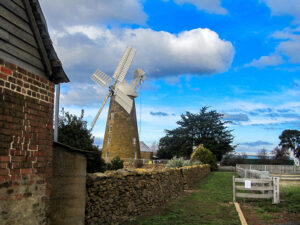
Oatlands, Tasmania
Oatlands, a small town on the Midland Highway between Hobart and Launceston, contains great examples of Colonial Georgian buildings.
Rotate to landscape to view slideshow
Arts and crafts, pottery, fresh vegetables, fresh fruit, drawings, photographs, fashion, antiques, jewelery, clothing, hats, ice-cream, hamburgers, cheese and dairy, wine, woodwork, coffee, books, glass, seafood, cured meats, plants, giftware, leather goods, accessories, footware, juice, health and beauty, collectables, brick-a-brack, childrens clothing, vintage clothing – have I got it all? No I don’t think so, but I’m sure you get the message.
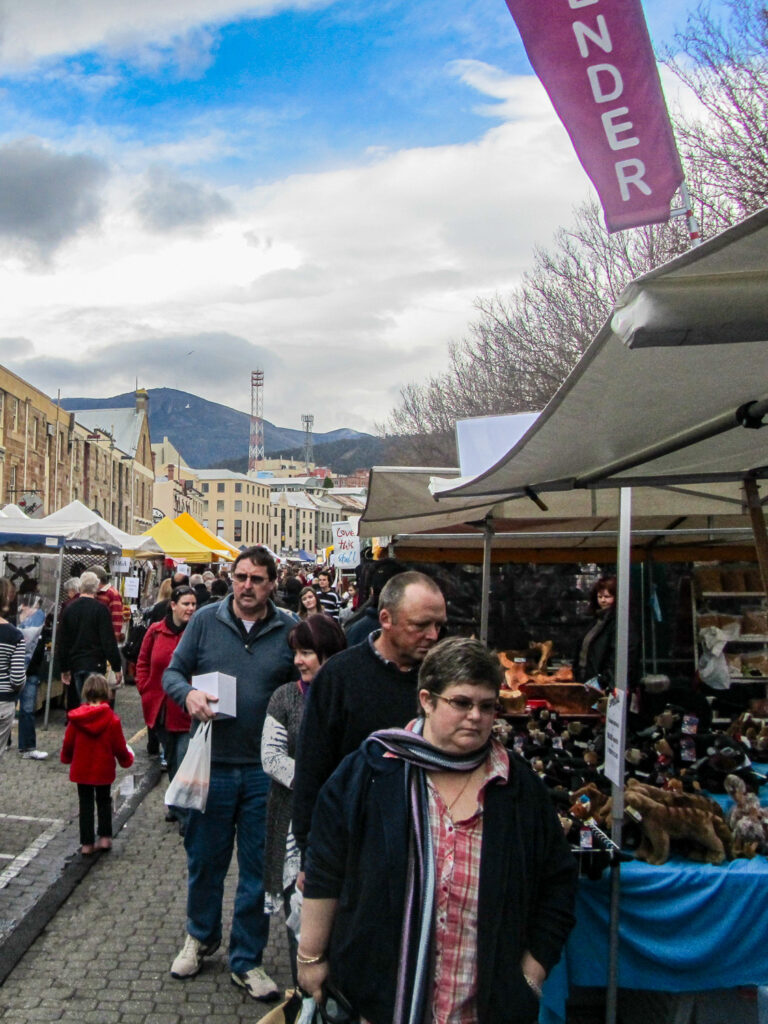
Established in 1972, the market is fast approaching its 50th anniversary, so they must be getting something right.
The market stretches from Salamanca Place right up to Davey Street. There are buskers and entertainers. Most of the market stalls are owned by the person who made or grew the goods, so your questions will be answered and you’ll be appreciated.
And if there’s not a food stall to your liking, wander in to the courtyard behind the old buildings where you’ll find a variety of restaurants.
You could always throw a line off the dock and catch your own.

Oatlands, a small town on the Midland Highway between Hobart and Launceston, contains great examples of Colonial Georgian buildings.
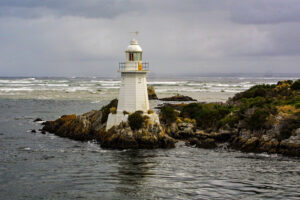
Down the Western Explorer highway, through Corinna, Zeehan and Strahan for a day on Macquarie Harbour.
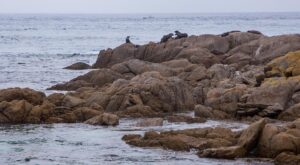
Montague Island is a small island located off the coast of the state of New South Wales, Australia. Home to the historic Montague Island lighthouse, it’s a great place to visit if you want to unwind for a couple of days.
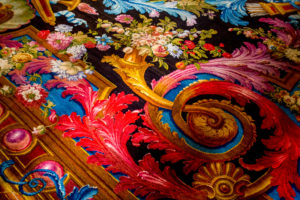
Only pictures can describe the gloriousness of the most richly decorated palace in the world.

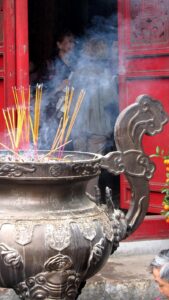
The Ngoc Son Temple is a visual feast highlight of your visit to Hanoi